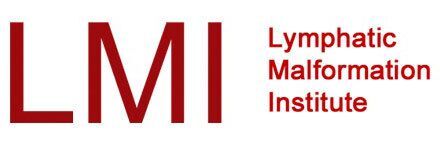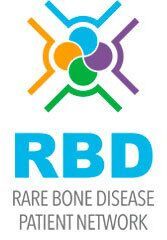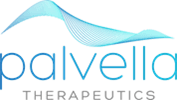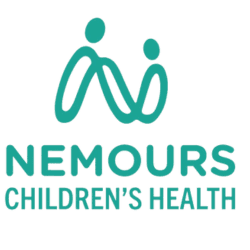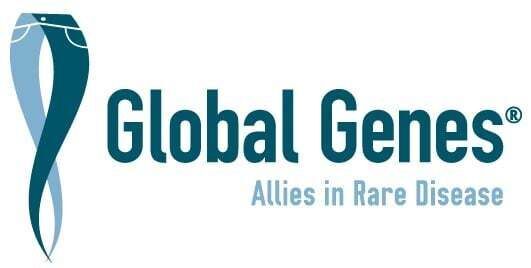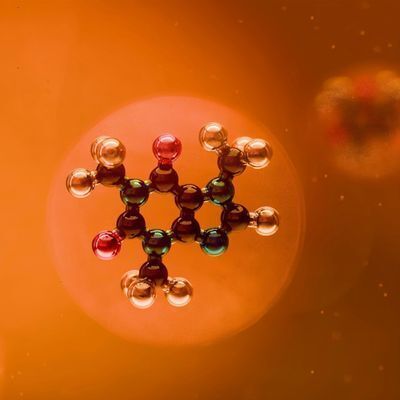
Venous malformations (VMs) are congenital vascular anomalies that can cause significant physical, functional, and psychological burdens. Historically, treatment options have been limited to supportive care or invasive procedures, and even these approaches often offer only temporary relief. In a recent seminar, Dr. Kathleen Cullion of Boston Children’s Hospital presented a novel, multidisciplinary strategy that could reshape the therapeutic landscape for VM patients: nanoparticle-based drug delivery and photothermal therapy.
From ICU to Innovation: The Clinical Need
Dr. Cullion's interest in vascular malformations was sparked during her time in the pediatric ICU, where she frequently encountered patients with extensive, debilitating VMs. These lesions—characterized by malformed, slow-flow venous vessels—can grow throughout childhood and adolescence. Depending on their location, they may interfere with organ function, mobility, or appearance, and they often cause pain, bleeding, and thrombotic events.
While some targeted therapies, such as sirolimus (an mTOR inhibitor), have shown promise in controlling VM growth, side effects and systemic exposure limit their long-term use. This clinical challenge motivated Dr. Cullion and her team to pursue a more targeted solution.
Why Nanoparticles?
Nanoparticles offer an elegant drug delivery mechanism by increasing therapeutic concentration at the disease site while minimizing systemic toxicity. In VMs, the abnormal vessel structure and slow flow create a microenvironment that may be particularly amenable to nanoparticle accumulation—a phenomenon known as the enhanced permeability and retention (EPR) effect.
The team tested a range of nanoparticle sizes and found that smaller particles (~20 nm) achieved the highest passive accumulation in VM tissue. These findings provided the rationale to pursue more advanced drug delivery technologies.
Precision Targeting with Light-Activated Nanoparticles
Beyond passive delivery, the researchers developed a photo-targeted system that activates drug-carrying nanoparticles only in specific tissues when exposed to a controlled light source. Using a specialized peptide shielded by a light-sensitive “caging” molecule, they demonstrated that drug binding and uptake can be localized to precise anatomical targets, avoiding off-target effects.
In preclinical models of bioengineered vasculature and a genetically induced VM model, light-triggered activation dramatically enhanced drug localization. These findings, published in Nano Letters, support the feasibility of spatially controlled therapy in vascular malformations.
Photothermal Therapy: Using Heat as a Therapeutic Tool
In parallel, Dr. Cullion’s group explored the use of gold nanoshells for photothermal ablation of VM tissue. When exposed to near-infrared (NIR) light, these nanoparticles generate heat, effectively destroying abnormal vessels without damaging surrounding structures. In animal models, this approach not only halted lesion growth but induced significant regression within 48 hours—results not seen in control groups.
Notably, while superficial skin irritation was observed, systemic toxicity was minimal, and no damage was found in off-target organs. These outcomes position photothermal therapy as a viable non-pharmacologic option, particularly for accessible or well-localized lesions.
Future Directions
Dr. Cullion emphasized that no single strategy will fit all VMs. Lesion depth, location, and involvement of sensitive tissues (such as nerves or airway structures) will necessitate customized approaches. Her lab is currently:
- Developing light-activated nanoparticles loaded with therapeutic agents
- Optimizing nanoparticle size, composition, and dosing for safety
- Exploring subcutaneous and localized delivery techniques
- Investigating applications in lymphatic malformations and other vascular anomalies
The overarching goal is to build a therapeutic toolkit that allows for disease-specific targeting with minimal collateral impact.
Conclusion
Dr. Cullion’s work exemplifies translational research at its best—leveraging advances in biomaterials, drug delivery, and molecular biology to meet real-world clinical needs. If successful, these nanoparticle-based strategies could represent a paradigm shift in how we treat complex vascular anomalies, offering patients safer, more effective, and more personalized care.



